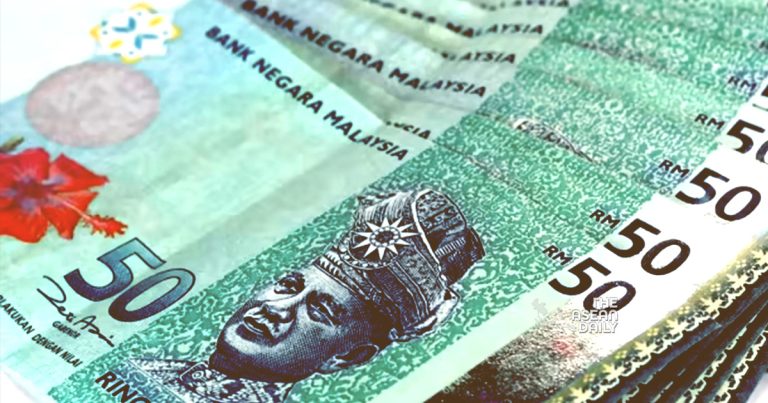25-9-2024 (KUALA LUMPUR) The recent strengthening of the Malaysian ringgit has triggered an unexpected boom in foreign currency purchases, according to industry experts. This surge in demand reflects growing public interest in international currencies and a shift in consumer behaviour.
Datuk Seri Jajakhan Kader Gani, president of the Malaysian Association of Money Services Business, reported a notable increase in foreign currency transactions. “We’ve observed a significant uptick in purchases, particularly for Japanese yen, Chinese yuan, and Thai baht,” he stated in an exclusive interview.
The US dollar remains a popular choice, with transactions rising by approximately 10% compared to August. Jajakhan reassured that despite the increased demand, currency stocks remain sufficient to meet consumer needs.
This newfound enthusiasm for foreign currencies appears to be driven by the ringgit’s improved performance. “People are becoming more financially savvy, closely monitoring daily exchange rates and seizing opportunities to diversify their currency holdings,” Jajakhan explained.
The impact of the stronger ringgit extends beyond currency markets. A flood of Malaysian tourists to Thailand during a recent long weekend serves as tangible evidence of increased purchasing power. Jajakhan suggests this trend could have positive ripple effects across various industries.
However, the currency’s strength presents a double-edged sword for Malaysia’s small and medium-sized enterprises (SMEs). Chin Chee Seong, president of the SME Association of Malaysia, highlighted both challenges and opportunities arising from the situation.
While export competitiveness may be slightly compromised, Chin noted that reduced costs for imported materials offer a counterbalance. “The primary concern for SMEs is not the strength of the ringgit per se, but rather the volatility of exchange rates,” he emphasised. “Sudden fluctuations make financial planning extremely difficult for smaller businesses that often lack sophisticated hedging strategies.”
Chin pointed out that many SMEs now conduct trade with China using the renminbi, which has somewhat insulated them from US dollar fluctuations. He also noted that SME manufacturers account for only 11% to 13% of total exports, limiting the overall impact on national competitiveness.
“Interestingly, the stronger ringgit actually benefits many SMEs by reducing import costs,” Chin explained. He advised businesses to reinvest these savings into automation and digitisation efforts, thereby improving operational efficiency and reducing reliance on manual labour.
As of yesterday, the ringgit reached a near three-year high, jumping 0.7% to RM4.171 per US dollar. This surge follows the recent 50 basis-point interest rate cut by the US Federal Reserve. The Malaysian currency has emerged as the best performer in the region since the start of the year and is on track for its strongest annual performance since 2017.




